25 proofs that history is not made by politicians, but by ordinary people
It is commonly believed that only those in power can determine the course of humanity. Ordinary people, we believe, do not have a say in serious matters. However, one popular Internet project is trying to prove otherwise. It's called "History of the Working Class" and its purpose is to show everyone that history is not made by kings or politicians, but by us: billions of ordinary people.

On January 2, 2020, residents of Antofagasta, Chile staged a fake protest only to be followed by a street dog named El Vaquita. The dog constantly joined demonstrations and protests and began to defend people during clashes with the police.

Once in such a situation, the dog was injured, but did not let himself be caught. Therefore, a fake protest was needed. El Vaquita rejoined the crowd, which led him straight to the veterinary clinic. In 2019, in a poll by local newspaper El Diario, El Vaquita was voted "Person of the Year".

On April 13, 1985, a modest woman of Jewish origin named Danuta Danielsson made history by performing an act that many years later was cast in bronze. During the procession of neo-Nazis, she, the daughter of a Polish Jewess who miraculously survived in a concentration camp, hit the skinhead with her bag. Her example was followed by the townspeople and dispersed the demonstration.

On October 27, 1962, at the height of the Cuban Missile Crisis, the deputy commander of the Soviet B-59 submarine, Vasily Arkhipov, refused to agree with his captain's decision to launch nuclear torpedoes at US warships. This decision could lead to a nuclear war between the superpowers.
The US dropped depth charges near the submarine in an attempt to make it surface, not knowing it was carrying a nuclear weapon. Soviet officers, who lost radio contact with Moscow, came to the conclusion that the Third World War had begun. The two officers came to the decision to "blow up the warships out of the water", but Arkhipov refused to agree. To launch nuclear torpedoes, the unanimous consent of three officers was required, and thanks to Arkhipov this did not happen.
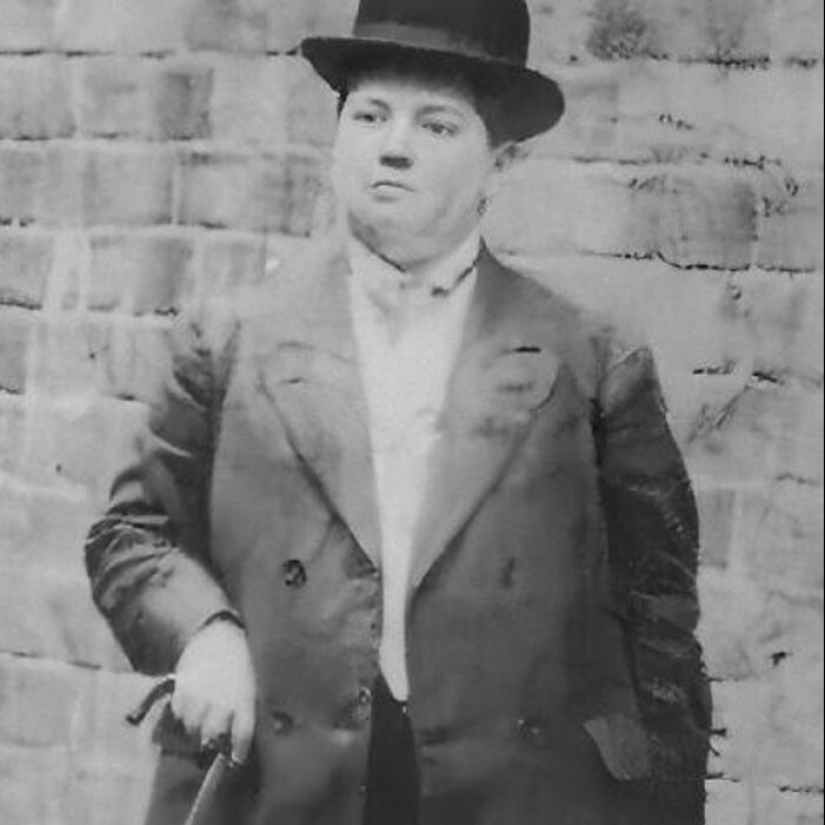
On December 29, 1939, Madeleine Pelletier, a French physician, libertarian socialist and women's rights activist, died in an asylum where she was interned after she openly helped a teenage girl who was an incest survivor get an abortion. Born into a poor family in 1874, Pelletier became a feminist and socialist, fighting for women's suffrage, the right to sexual pleasure, the use of contraception and abortion.
Madeleine's life was hard. Despite all the misfortunes that this woman endured, she declared:

Audrey Hepburn was born on May 4, 1929 in Belgium. Her parents, a baroness and a banker, were both fascists and met Hitler personally. Later, her father left her mother, and Audrey moved with her to the Netherlands, where gradually her mother's views changed, especially after the Nazis executed her brother Otto van Limburg Stirum in retaliation for his participation in the resistance.
As a child, Hepburn studied ballet and began giving recitals to raise funds for the resistance. Her performances were called "zwarte avonden" ("black evenings") because the organizers darkened the windows during the performances so that they could not be seen from the outside. Hepburn was part of Dr. Hendrik Vissert Hooft's resistance cell and helped deliver copies of his underground anti-fascist newspaper as a courier.
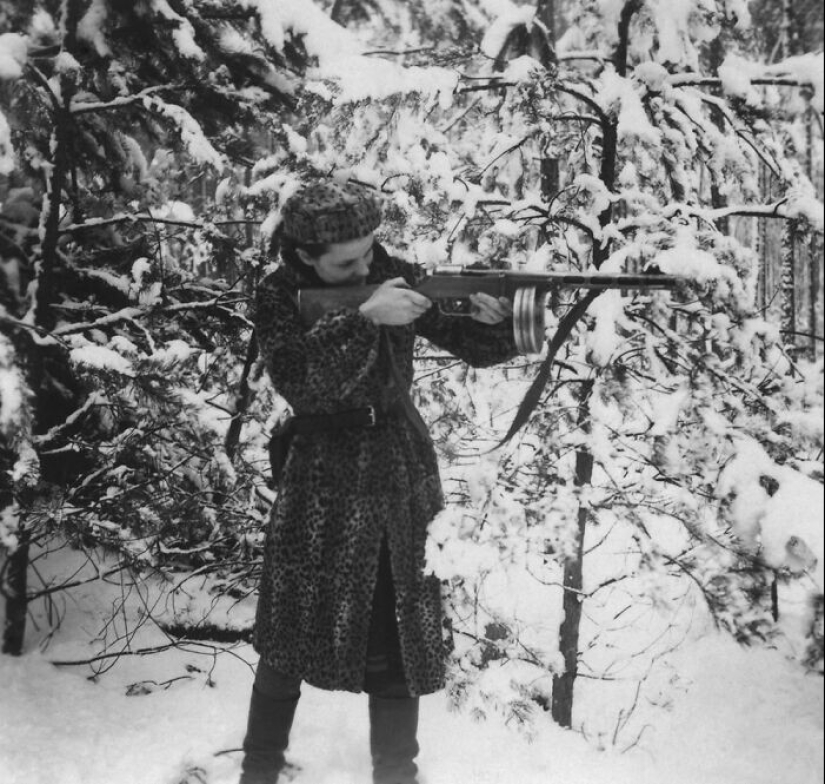
November 28, 1919 in Lenin, Poland (now Belarus), was born Faye Shulman, photographer and member of the Jewish resistance. In 1942, the Nazis killed 1,850 Jews in the Lenin Ghetto, leaving only Fay and 25 others alive. Shulman, as a photographer, was forced to take and develop photographs of this massacre. She secretly made copies.
She soon fled and joined the guerrilla resistance as a fighter and nurse, where she continued to document events.
Shulman survived the war and moved to Canada. She died on April 24, 2021 at the age of 101.
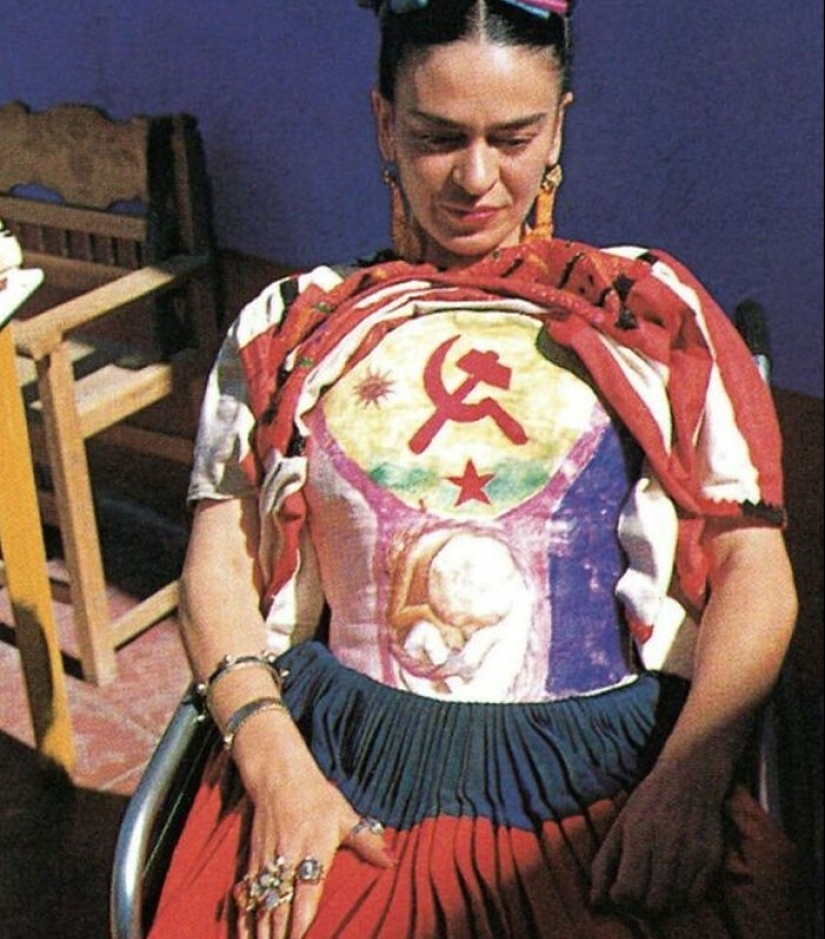
July 6, 1907 Frida Kahlo (born Magdalena Carmen Frida Kahlo Calderon), an invalid, communist and one of Mexico's greatest artists, was born in Coyoacán, Mexico City. Her father was European and her mother was of Spanish and Tehuana descent.
Major themes in Kahlo's work include feminism, colonialism and indigenous resistance, and imperialism. While living in the US, Kahlo played an active role in the socialist movement and wrote to friends stating:

On June 11, 1943, Karl Horath, a 20-year-old gay German nurse, was deported to the Auschwitz concentration camp (Auschwitz). He was first arrested for homosexuality after being denounced by a jealous lover in 1939 and sentenced to prison. After his release, he was sent to the Neuengamme concentration camp, where he was forced to wear a pink triangle to represent gay prisoners.
Working in the camp's health department, he and his comrades tried to smuggle food to Russian prisoners who were dying of hunger. Their plan was uncovered by the Nazis, who sentenced Horat to be sent to Auschwitz as a criminal and political prisoner. Despite contracting dysentery, he managed to survive the war and was released in 1945.
A few months later, Karl Horath was again arrested by West German authorities who maintained homophobic Nazi laws. His case was handled by the same judge, who greeted him with "You're here again!" and gave him a maximum sentence of five years. The lawyer asked that Horat be credited for his time in the concentration camps as part of his term, but this request was denied.
After his release, due to his convictions, Karl Gorath could not get a job for ten years. And when it came time to receive a pension, years of internment in concentration camps were deducted from his allowance. Just like unemployment benefits. He died in 2003 without receiving medical compensation, unlike some other Holocaust survivors. He told his story in the 2000 documentary Paragraph 175, named after the relevant section of the Penal Code.

On May 28, 2013, during protests by the Turkish Occupy Gezi movement against the construction of Gezi Park in Istanbul, Ceyda Sungur, known as the "woman in red", was sprayed with tear gas by police. This event has become a symbol of the protest movement, which eventually grew into a national struggle against the growing authoritarianism of the government of Recep Tayyip Erdogan.
Sungur herself, who worked at the university, did not seek such fame and claimed that there were many people in the park who were also poisoned with tear gas. However, she was arrested for "provoking people to disobey the laws", although the charges were dropped the following year.

On October 16, 1968, black sprinters Tommy Smith and John Carlos raised their gloved fists to salute Black Power during the US national anthem during the gold and bronze medal awards at the Olympic Games. After their action, they were ostracized by the US sports establishment.
Now Time magazine considers the photo of this event one of the most iconic, and in 1968 they wrote:

On February 11, 1916, Lithuanian-born Jewish anarchist Emma Goldman was arrested in New York for spreading information about birth control. Technically, she was charged with violating the Comstock Act, which made it illegal to mail or transport "obscene" material across borders.
Goldman's arrest came when she was scheduled to give a public lecture on family planning, a key issue for working-class people. Emma decided to defend herself in court and used the lawsuit to create a lot of publicity for the event. She was given a $100 fine but opted to spend 15 days in jail instead.
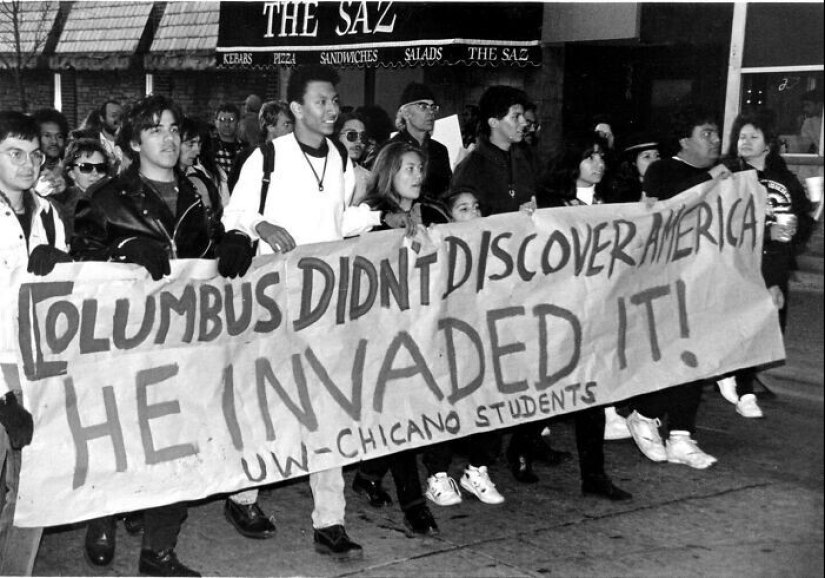
The second Monday in October is a day that causes a lot of controversy. For some, it's Columbus Day, which marks the anniversary of the arrival of Christopher Columbus in the Americas. But for others, especially Native Americans, it's Indigenous Day. Columbus did not "discover" America, as is commonly believed, but arrived in what is now the Bahamas and began more than five centuries of genocide against the natives.
As soon as Columbus landed, he and his crew began to enslave, kill, torture, and rape the Taino Indians who lived there. Arriving in Haiti, Columbus began to force the natives to mine gold and cut off the hands of anyone who did not collect enough. But this was an impossible task, since there was almost no gold in the area. In just two years, half of the 250,000 Tainos in Haiti died, either by murder or by suicide in desperation. A few decades later, only 500 indigenous people remained on the island.

On January 28, 1917, Carmelita Torres, a 17-year-old Mexican maid working in the United States, refused to undergo a mandatory gasoline vapor disinfection procedure for day laborers at the frontier and persuaded 30 other workers to join her. This protest action was called "bath riots". Torres was one of many workers who crossed the border between Juarez and El Paso every day.
In the name of public health, Mexican workers were often subjected to degrading and degrading treatment. They were forced to strip naked, take a bath of toxic gasoline, and steam their clothes. The stated goal of the program was to kill the lice that can spread typhus. However, the procedure did not apply to all people crossing the border: only to working-class Mexicans.
On January 28, people's patience ran out, and within hours, Torres had drawn a crowd of several thousand protesters, mostly women. They blocked all traffic and traffic in El Paso. They pelted the immigration officers with rocks and bottles when they tried to disperse them, and when American and then Mexican troops arrived, they were treated likewise. The riot was eventually put down by the military, and Torres herself was arrested.
Forced bathing and fumigation of Mexican workers with toxic chemicals such as gasoline and then DDT and Cyclone B continued into the 1950s. The use of Zyklon B at the frontier attracted the attention of scientists from Nazi Germany, who in the late 1930s began using the agent at the borders and in concentration camps for pest control. Although, as you know, they later used it to kill millions of people during the Holocaust.

On December 25, 1914, 100,000 soldiers on the Western Front during World War I signed an unofficial truce. German troops began to sing "Silent Night" in German, French and English, as well as other Christmas carols. They decorated the trenches with Christmas trees, lit candles and posted multilingual banners wishing the opposing armies a "Merry Christmas".
Artillery fell silent along most of the front, British troops joined in the singing of hymns, and both sides began shouting Christmas greetings to each other. On Christmas Day, soldiers began to crawl out of the trenches to fraternize with the other side, bring back bodies from no man's land, and exchange gifts such as tobacco, chocolate, and alcohol. There is evidence of impromptu football matches.
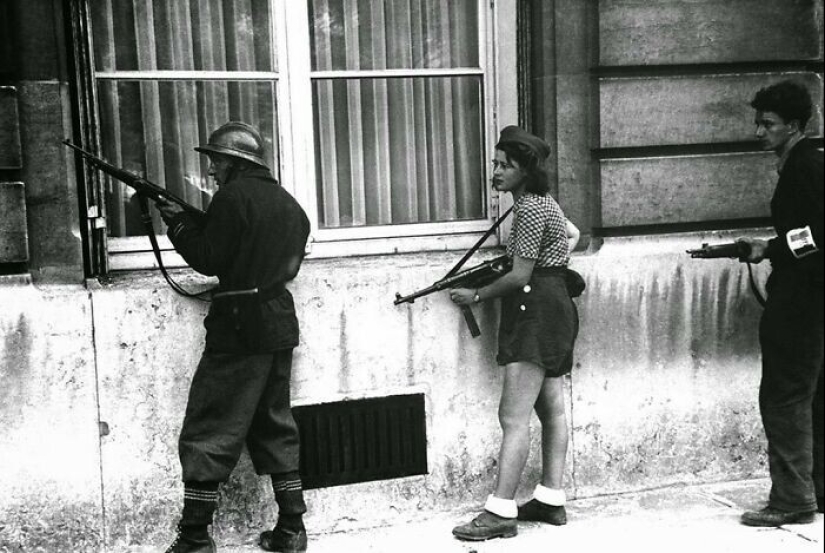
In this photograph taken on August 19, 1944 in Paris, you can see 18-year-old French Resistance fighter Simone Seguan, also known by her pseudonym Nicole Mine. She came from Chartres to help liberate the capital. The girl's first mission was to steal a bicycle from the German military.
The bike was then repainted and used for resistance purposes. For example, once Simone transported weapons from Chartres to Dreux on it. The girl was stopped by German soldiers, but miraculously managed to escape (the soldiers were distracted by British bombing). Simone died on February 21, 2023, having lived all her life in the city of Courville-sur-Eure, where a street is named after her.

This photograph was taken on June 13, 1936 at a rally of workers launching a new ship in Nazi Germany. The person marked in the circle who defiantly folded his arms instead of performing the Nazi salute is shipyard worker August Landmesser. His lover was Jewish. During military service, he was killed in battle, and his beloved died in a concentration camp.

On November 2, 1970, actress Jane Fonda was arrested at Cleveland Airport while returning from an event organized by Vietnam Veterans Against the War (VVAW) in Canada and charged with drug smuggling. The next day, Fonda was arrested. She was accused of allegedly kicking a police officer (the famous picture was taken when she raises her fist in defiance of the police). Both charges were bogus - the "drugs" turned out to be vitamins - and both were later dismissed.

On June 30, 1960, the Congo gained independence from Belgium after decades of brutal colonial rule that killed between 8 and 10 million people—half the country's population. Belgian authorities used men for forced labor in the rubber industry. Dissenters and their relatives were persecuted and exterminated.
After independence, Belgium and other Western powers continued to hold on to power and plunder the country's rich natural resources. The first democratically elected prime minister, socialist Patrice Lumumba, was arrested, tortured and killed on instructions from Belgium and the CIA, who then installed a brutal dictator to rule.

On May 25, 1895, writer Oscar Wilde was imprisoned for two years for having sex with men. Although many potential witnesses refused to testify against him, he was convicted, and at sentencing the judge stated:
Wilde's detention caused him severe health problems, which ultimately contributed to his untimely death. In his essay "The Soul of Man under Socialism", in which he outlines his political ideas, the writer states:
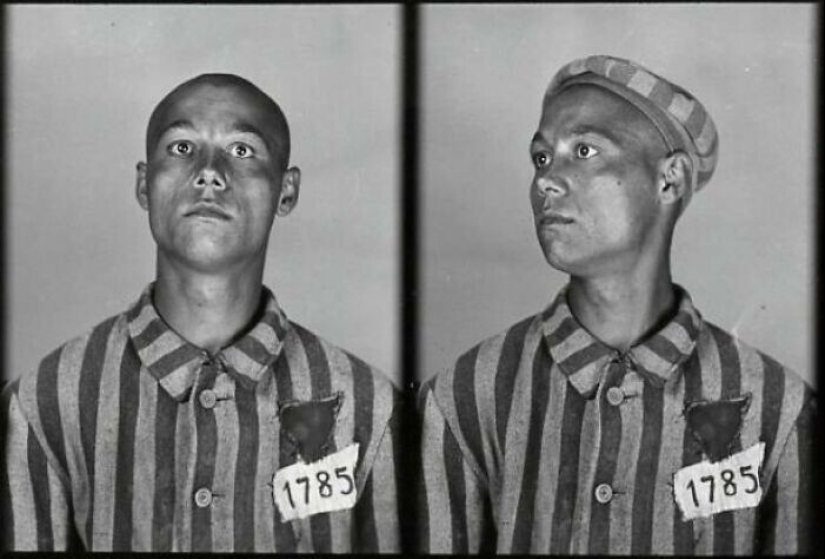
On August 2, 1944, about 4,000 Roma in the Auschwitz-Birkenau concentration camp resisted being sent to the gas chambers. The SS broke into the camp, but the prisoners, armed with sticks and crowbars, barricaded themselves indoors, fighting the Nazis with their bare hands and nails.
A surviving non-Roma prisoner described that absolutely everyone fought and that "the women were the fiercest fighters" as they were "younger and stronger" than the other prisoners and "protected their children". They were eventually defeated and all killed in the Birkenau gas chambers.
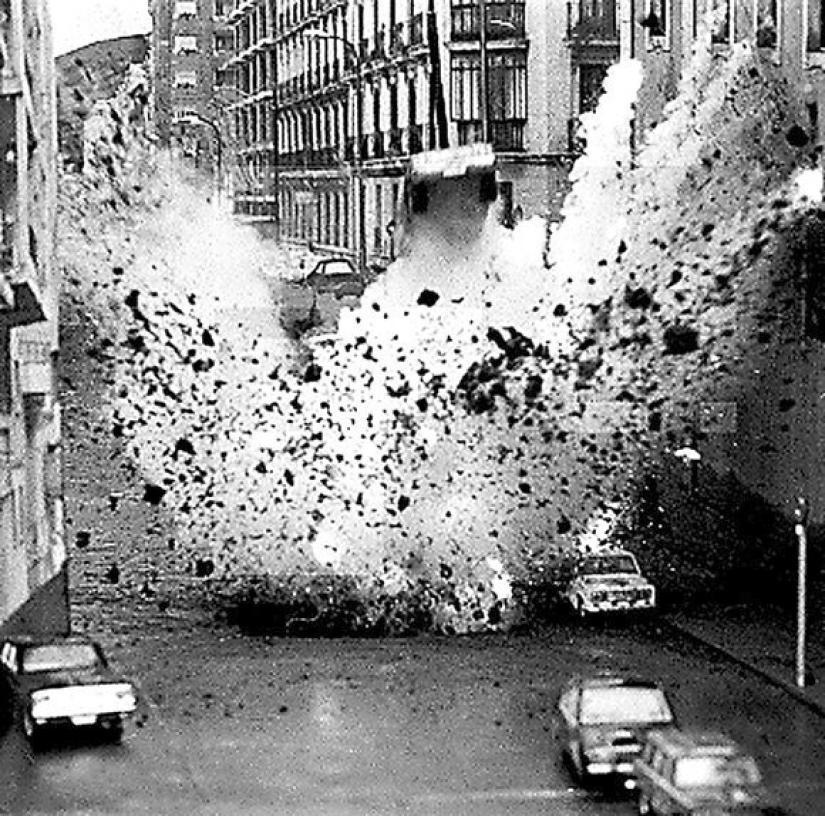
On December 20, 1973, the Spanish fascist prime minister chosen to succeed the dictator Francisco Franco, Luis Carrero Blanco, was assassinated in Madrid. The Basque separatists ETA spent five months digging a tunnel under the road he used to go to church for mass.
They then detonated a bomb as he was approaching the scene, and the wreckage of his car flew into the air to a height of 20 meters. Therefore, Carrero Blanco was posthumously nicknamed "Spain's first astronaut". His successor failed to rally the various factions in the government, which is why some believe the attack helped hasten the restoration of democracy after Franco's death.

On November 13, 1938, movie star and Black Panther party supporter Jean Seberg was born in Iowa, who was pursued by the FBI. She provided major financial support to the NAACP, Native American educational groups, and the Panthers. As part of the FBI's COINTELPRO program to combat radical groups, her phone was already being tapped, and they decided to neutralize the actress by planting false stories in the press that ultimately led to the death of her premature baby and her subsequent suicide.

On April 21, 1856, masons in Melbourne, Australia, went on strike demanding a maximum 8-hour working day - instead of 10 hours a day from Monday to Friday until 8 o'clock on Saturday. They emerged from their construction site at the University of Melbourne waving a placard demanding 8/8/8: “Eight hours work. Eight hours is rest. Eight hours sleep.
The workers were very well organized and soon achieved their goal without losing wages for public works workers in the city. On Monday, May 12, they celebrated the feast of the Trinity with a parade of 700 people from 19 professions. In 1903, workers in Ballarat, Victoria erected a monument to the eight-hour day.

On July 21, 1936, this iconic photograph of Marina Ginesta was taken by the German Hans Guttmann in revolutionary Barcelona on the roof of the Hotel Colón. This is one of the most famous photographs of the Spanish Civil War.
Hinesta was born in Toulouse, France and was 17 when the photo was taken. She was a member of the United Socialist Youth, worked as a translator for a Russian journalist immediately after the start of the military uprising of the right-wing General Franco, and then, during the ensuing civil war, was herself a journalist in the republican press. Then she was wounded and was evacuated to Montpellier, France. Although this photo became very famous, Hinesta herself only found out about it in 2006 in Paris. Hinesta died at the age of 94 in 2014.
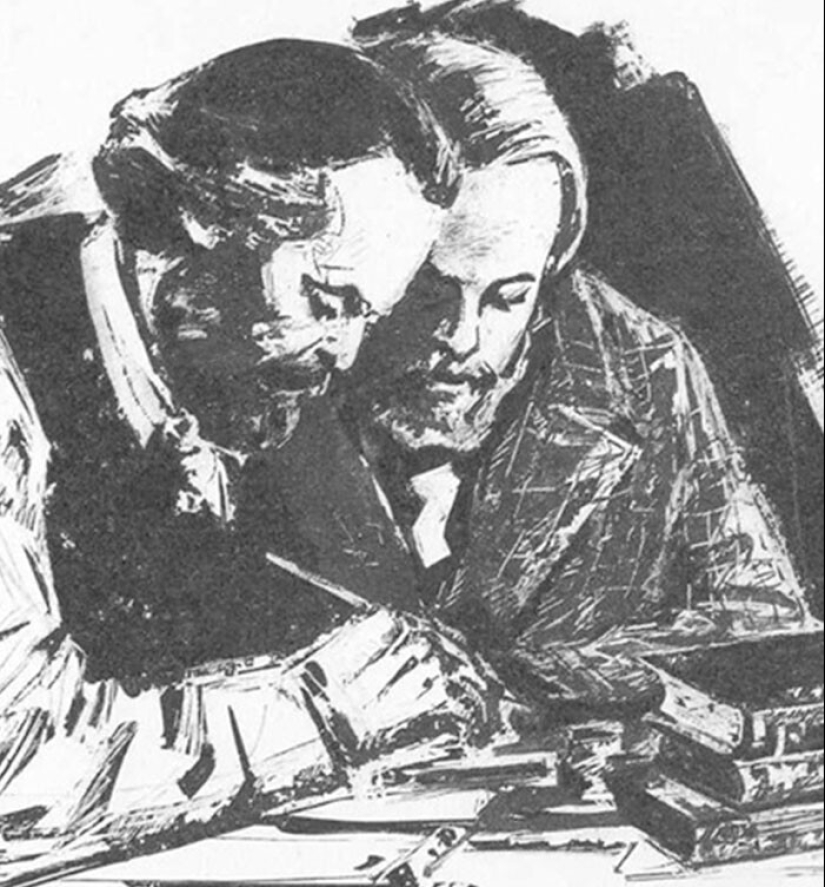
On February 21, 1848, the Communist Manifesto of Karl Marx and Friedrich Engels was published. Translated into over 200 languages and widely read by workers around the world, it remains one of the most influential texts in history. Its chapter 1 begins with the words:
Recent articles

We offer you a selection of interesting facts from a variety of fields of knowledge. How does our body react to sneezing? Where did ...

Cold weather brings with it not only a wave of colds, but also skin problems. The body regularly suffers from a sharp change in ...

See what uninhibited ladies looked like at the height of the American baby boom. In those days, there was no trace of silicone, and ...